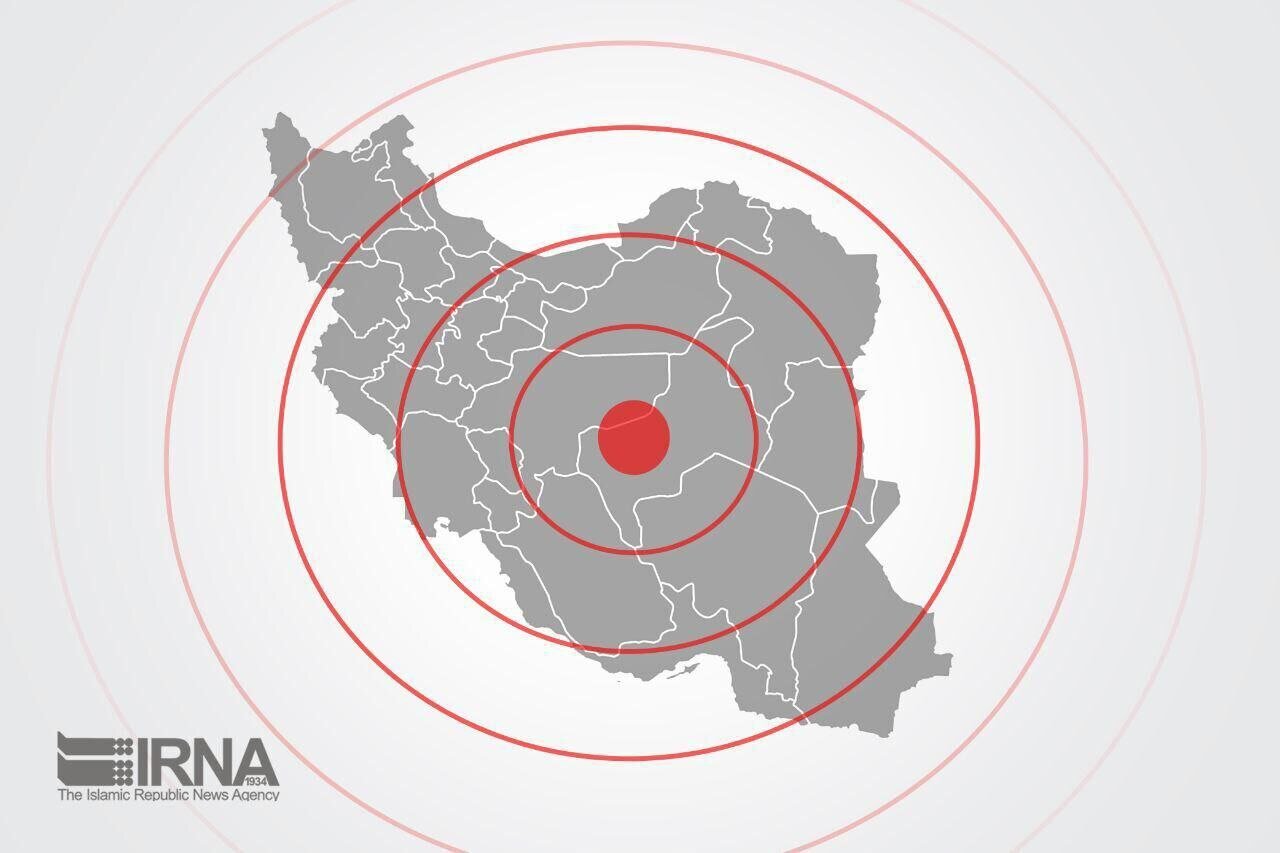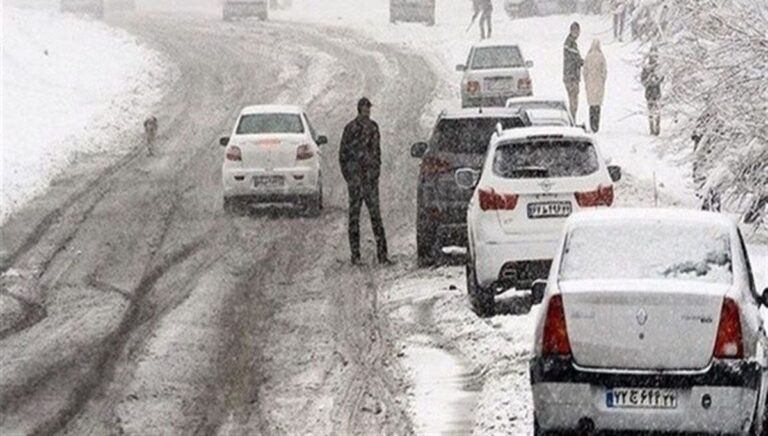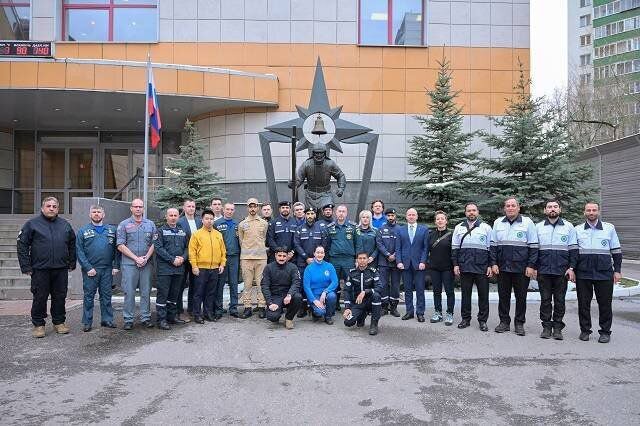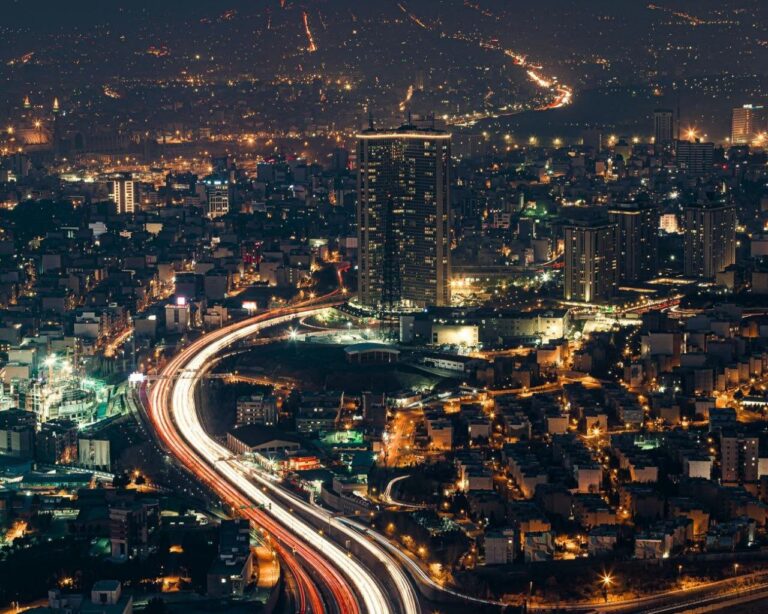
Similar Posts

Heroic Rescues: Over 4,000 Individuals Saved from Devastating Blizzard Conditions
Since Thursday, relief teams in Iran have been assisting over 4,000 individuals affected by severe snowstorms in 15 provinces. They have successfully rescued about 2,500 people trapped in blizzards and relocated them to safe shelters. With temperatures expected to drop further, the urgency of these efforts has increased. The Iranian Red Crescent Society (IRCS) reported conducting 108 rescue missions, aiding nearly 2,649 people and freeing 960 stranded vehicles. Additionally, they provided emergency shelters, food, and basic goods. The IRCS continues to play a vital role in humanitarian efforts and is recognized for its extensive capabilities and international collaborations.

Global Cooperation: The Key to Unlocking Sustainable Development, Says DOE Leader
At the 11th Nevsky International Ecological Congress, Shina Ansari, head of Iran’s Department of Environment, stressed the necessity of global cooperation for sustainable development. Speaking at a panel on BRICS and sustainability, she warned that individual national efforts could undermine the credibility of sustainability goals. Ansari proposed a strategic program to guide collective sustainability initiatives, emphasizing the need for infrastructure, education, and public awareness. Iran has committed to sustainable development through various initiatives, including promoting Corporate Social Responsibility (CSR) and adhering to Environmental, Social, and Governance (ESG) standards. The Congress aimed to address pressing environmental issues and foster international collaboration.

High-Risk Areas: Kids Set to Receive Life-Saving Polio Vaccinations!
Iran’s health ministry plans to launch a comprehensive polio vaccination campaign for children under five in high-risk areas this spring. Polio, a highly infectious disease, can cause paralysis and is primarily transmitted through contaminated food and water. Although Iran has been polio-free since 2000, increased cases in neighboring Afghanistan and Pakistan raise concerns about re-emergence due to recent Afghan migration. The vaccination effort, which began in 1994, will continue with two phases this year, having already immunized around 840,000 children. The Razi Vaccine Institute is crucial in producing vaccines to maintain public health and prevent polio resurgence.

Record-Breaking Year: Over 14,000 Multiple Births Registered in Just 9 Months!
The Iranian Civil Registration Organization reports that in the first nine months of the current calendar year, there were 14,090 multiple births, including 13,565 twins and 504 triplets, highlighting a growing trend in such births. Tehran led with 2,127 cases. Overall, there were 734,249 registered births, with multiple births constituting about 4%. Additionally, Iran’s aging population is growing at 3.62%, significantly outpacing the general growth rate. Projections indicate that by 2050, 32% of the population will be over 60. These trends present challenges for healthcare, social services, and economic planning in Iran.

Tehran’s Crisis Management Team Enhances Skills at INSARAG International Training Course
Tehran’s Disaster Mitigation and Management Organization represented Iran in a crucial training course by the International Search and Rescue Advisory Group (INSARAG), organized with Russia’s EMERCOM and the UN OCHA. The course, held at Russia’s Academy of GPS, aimed to enhance international search and rescue operations through the Incident Command Management System (ICMS). Participants learned to manage missions using specialized software and effective communication tools. Following an assessment of Iranian crisis management teams by INSARAG and EMERCOM, a roadmap was established for achieving international classification, thereby improving Iran’s disaster response capabilities and fostering international cooperation in humanitarian efforts.

UNDP Backs Iran’s Vision for a Sustainable Energy Future: A Commitment to Green Innovation
The United Nations Development Programme (UNDP) is working to enhance economic resilience and promote renewable energy in Iran, which has significant solar and wind potential. Iran aims to install 30,000 MW of renewable energy by 2030, despite facing challenges like high energy intensity. Key initiatives include an Energy Efficiency Certificate Framework, vocational training enhancements, and an Energy Monitoring Information System. The government plans to increase renewable power capacity by 3,500 MW next year, with a goal of adding 10,000 MW by 2025. These efforts not only reduce energy consumption but also create jobs, highlighting the economic benefits of clean energy.